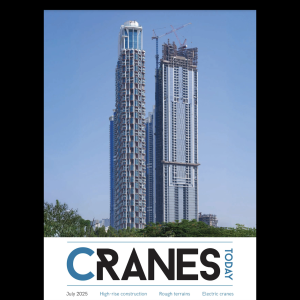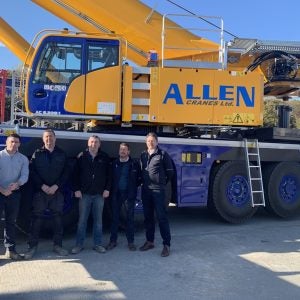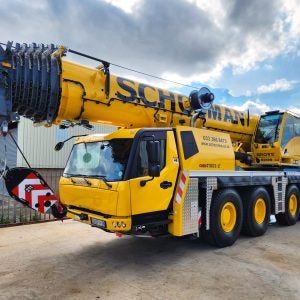Boom’s management said that after looking at its customer activity and project pipeline, it could advise an operating net profit after tax of between AUD10m (USD7.5m) and AUD14m (USD10.5m) for the financial year 2009. In January, Boom issued a market update reporting that it would meet analysts’ forecasts of net profit after tax of between AUD22m (USD14m) and AUD29m (USD18.5m). This was issued in response to market announcements and media commentary at the time that had created “negative sentiment towards this sector”.
The new guidance comes as all three of Boom’s business areas suffer in the economic downturn. Crane hire is seeing overall activity decrease and, despite delivering a year-on-year improvement during the three months to 31 March, Boom said it expects to see industrial services work in Western Australia and New South Wales diminish in the coming months. In Western Australia, an increasingly competitive environment caused by a drop in activity and project delays, and continuing accommodation cost issues in the north-west are affecting crane hire.
Results for James Equipment, Boom’s new and used crane sales business, were impacted by difficulty in securing crane sales, exchange rate issues, lack of financing for its customers to complete orders, the implementation of the 30% allowance for new cranes and a AUD11.1m increase in its inventory since 31 December, 2008.
The access equipment hire segment Boom Sherrin was also hit by increased competition due to lower demand and the reduction in non-residential construction and industrial services, as well as severe weather in Queensland and New South Wales.
As a result of these trading conditions, Boom said it will cut 130 employees from across its business units, reduce its crane fleet by around 40 low tonnage models and freeze executive and management salaries.
“The current environment demands that we focus on cost and debt reduction, whilst continuing to improve our fleet profile for long-term sustainable growth,” said CEO Brendan Mitchell.






